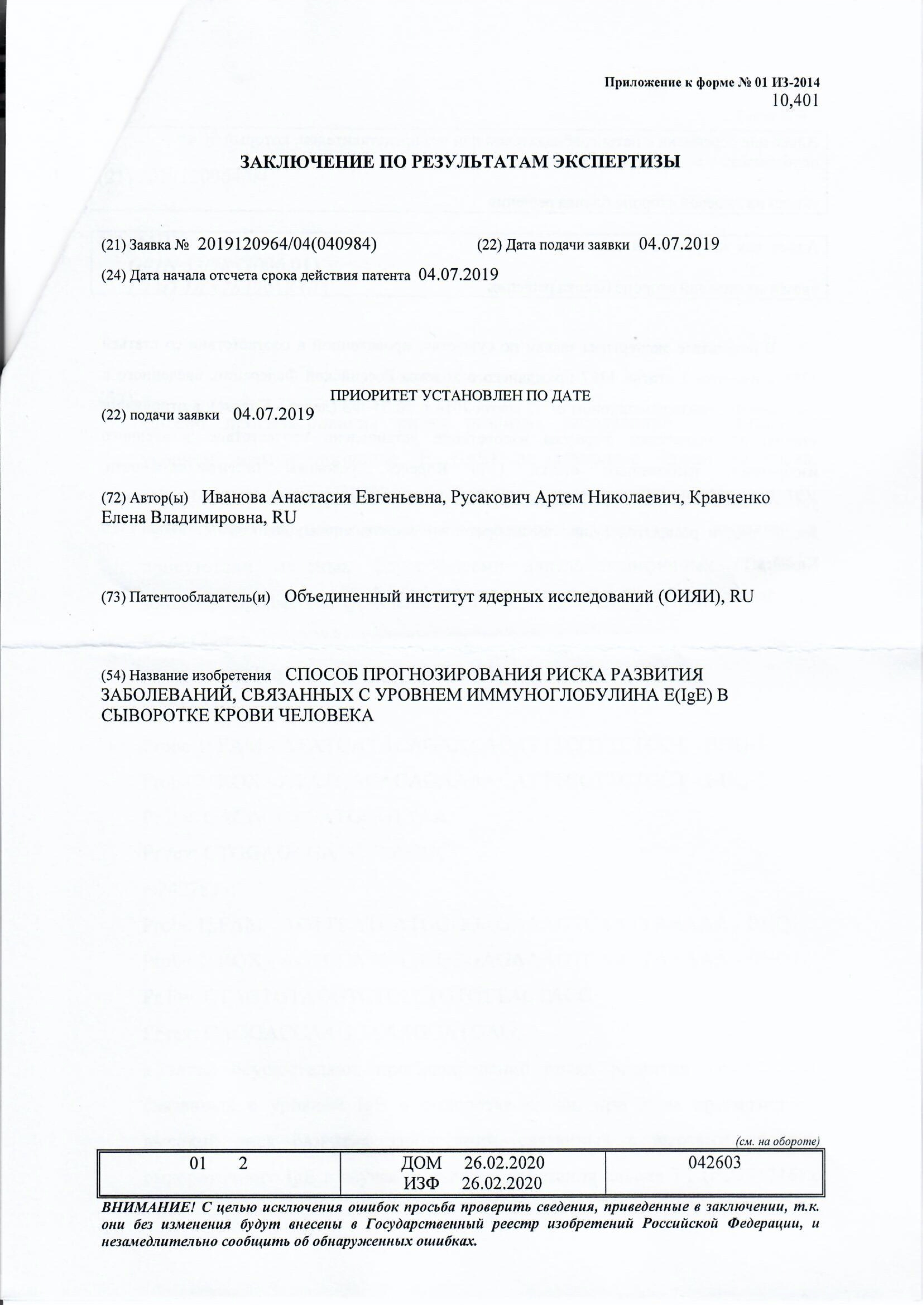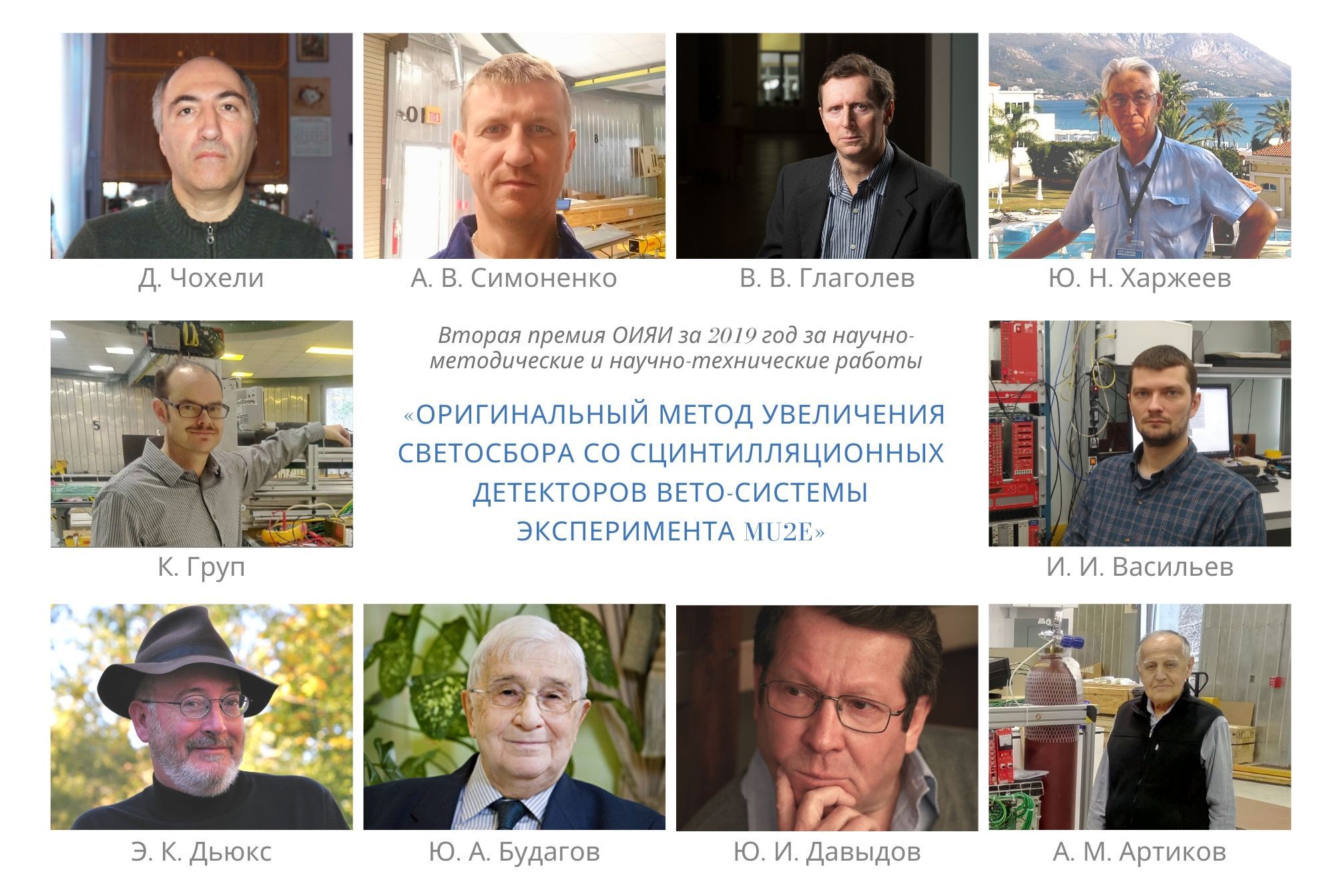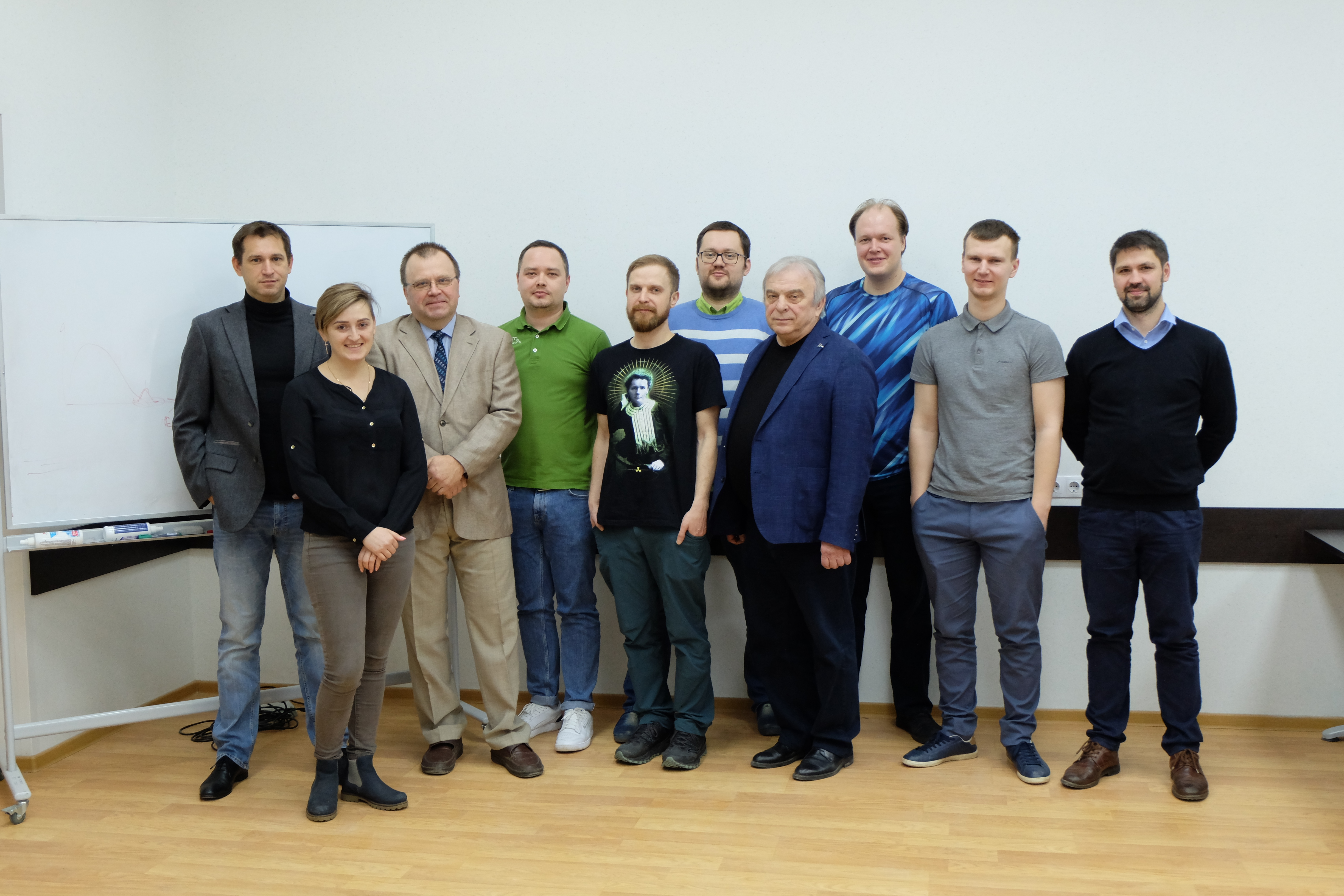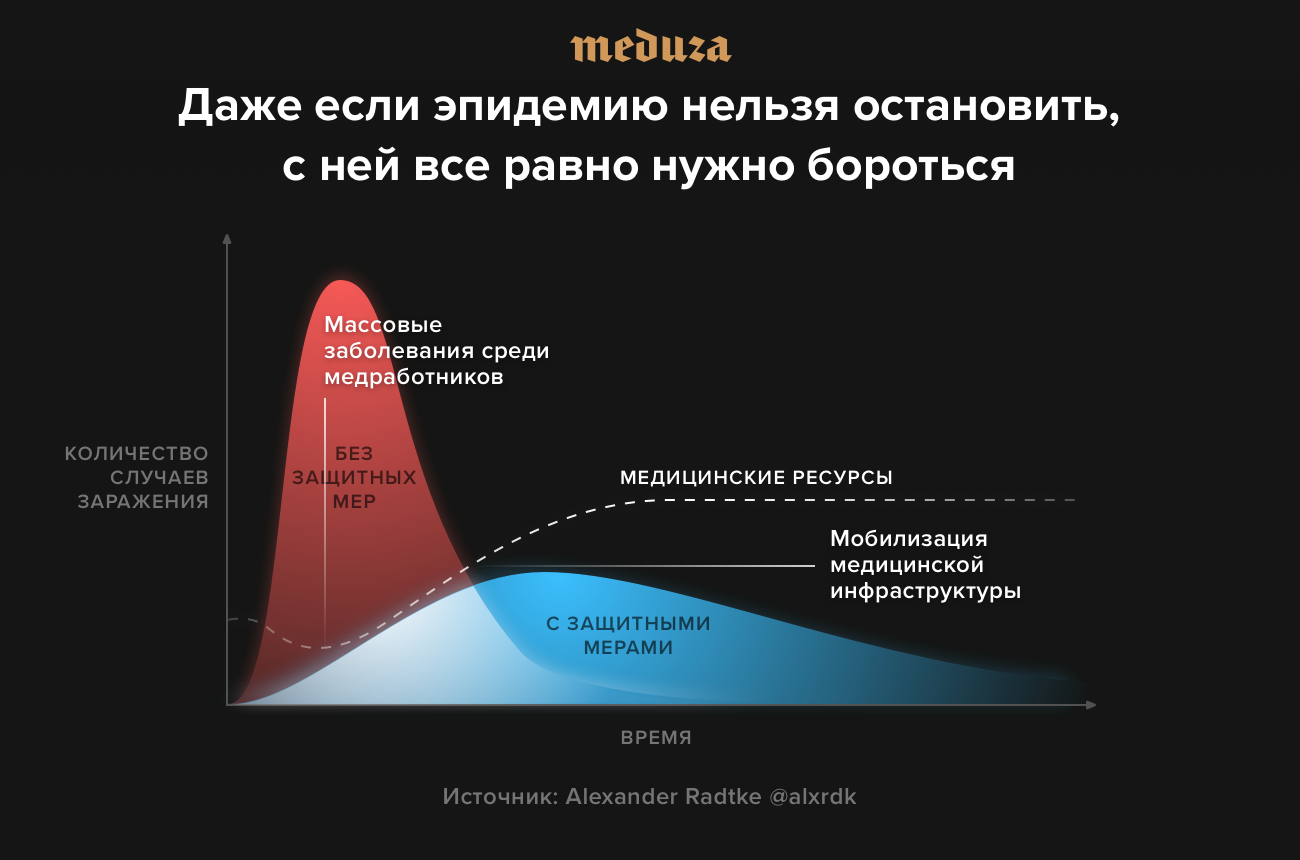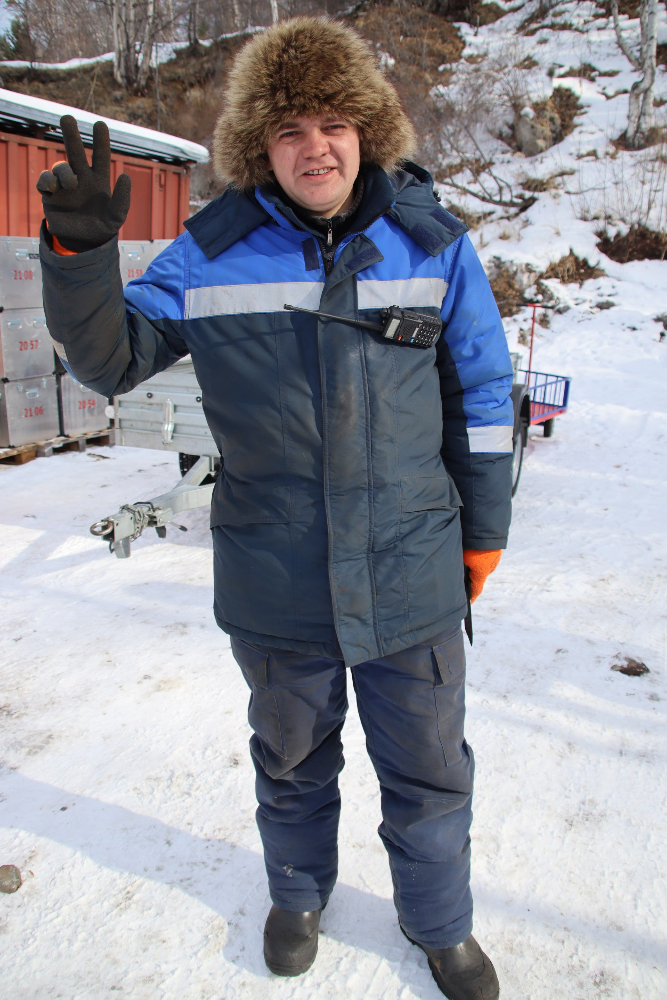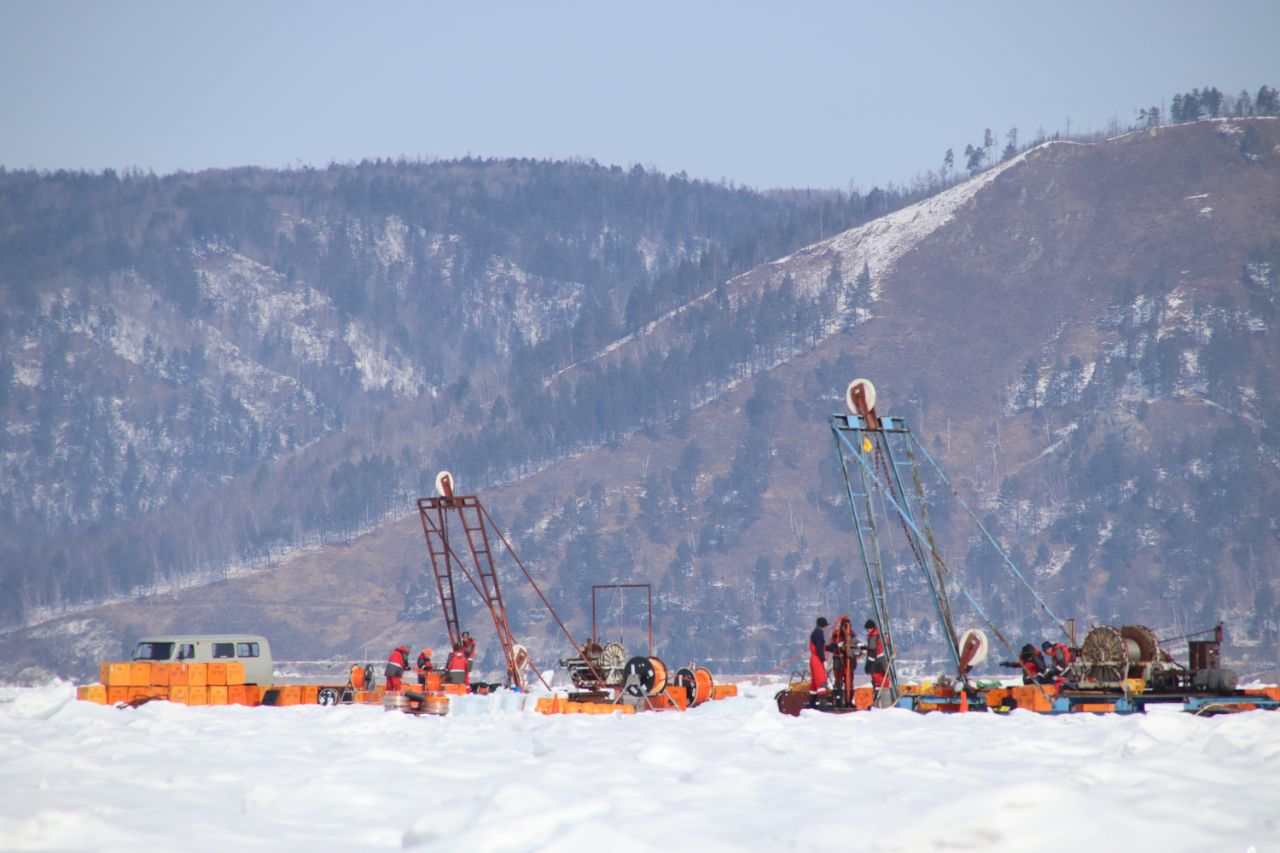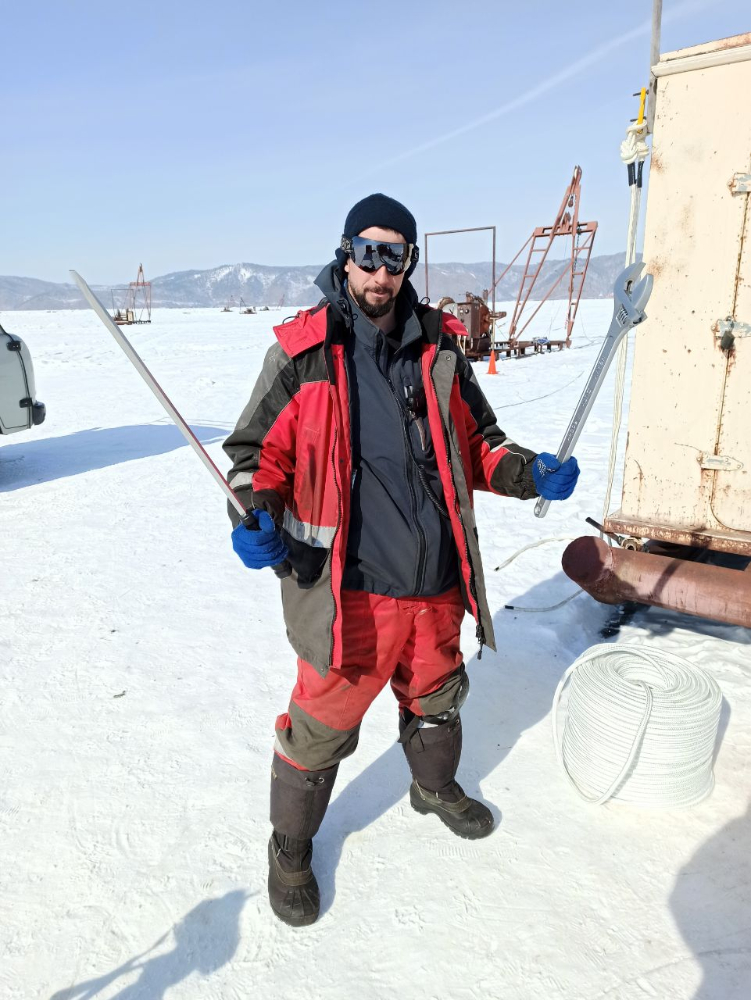News
23.03.2020
Congratulations to the team of our biologists, Elena Vladimirovna Kravchenko, Artyom Nikolayevich Rusakovich and Anastasiya Yevgenyevna Ivanova, on obtaining the Patent for Invention “Risk Prediction Method for Disorders Related to the E (IgE) Immunoglobulin Level in the Human Blood Serum”! We heartily wish you to reach new heights and to find inspiration for further innovative ideas!
20.03.2020
The Second JINR Prize 2019 for "Methodological and Technological Research Work" was awarded to the scientists from the Mu2e experiment for “Innovative method for increasing light collection from scintillation detectors of the Mu2e veto system” according to the decision of the JINR Scientific Council within its 127th session. The members of the Mu2e group are A.M. Artikov, Yu.A. Budagov, I.I. Vasilyev, V.V. Glagolev, Yu.I. Davydov, A.V. Simonenko, Yu.N. Kharzheev, D. Chokheli, E. K. Dyuks, K. Grup.
19.03.2020
At the 127th session of the JINR Scientific Council, annual JINR Prizes were awarded for the best scientific, methodological and technological applied research projects in 2019. Within the category “Experimental Research Work”, the DLNP scientists from the DANSS group received the First Prize for “Measurements of reactor antineutrino energy spectra in the DANSS project”. The members of the DANSS group are V.V. Belov, V.B. Brudanin, I.V. Zhitnikov, S.V. Kazartsev, A.S. Kuznetsov, D.V. Medvedev, M.V. Fomina, Ye.A. Shevchik, M.V. Shirchenko, Yu.A. Shitov.
19.03.2020
Some of us still seem to refuse to heed public health warnings about the COVID-19 pandemic. The DLNP Directorate has been answering repeated questions for the last few days. In this article, we are going to explain all the measures taken by now and, thus, answer your questions in an appropriate way. At the end of our article you can find several links to the web sites where the spread of the coronavirus is described and demonstrated in detail (animated simulations and graphs) how the strategy of “social distancing” (avoiding public spaces and quarantine) helps flatten the exponential curve and why it is good.
16.03.2020
Neutrinos are still distinct sources of scientific discoveries in nuclear physics, particle physics and cosmology. The history of neutrino physics is closely interwoven with reactors. Considering that neutrinos participate only in weak interactions, a strong reactor neutrino flux is often the only possibility of studying the properties of this particle.
08.03.2020
Игорь Анатольевич Стёпкин осваивает майнорезку. Получается весьма резво!
Майнорезка - высокоточный хрупкий прибор собственного изготовления. Создан на основе древнейших прототипов с применением современных технологий.
05.03.2020
The team of Konstantin Konischev is assembling the seventh string of the new sixth cluster.
03.03.2020
Maksim Kolbin
Alexander Avrorin
Photos by Mikhail Zhukov.
More photos you can find here: {phocagallery view=categories|categoryid=301|imagecategories=0}
More videos you can find here: www.youtube.com
02.03.2020
Andrey Emelyanov
Konstantin Konischev


